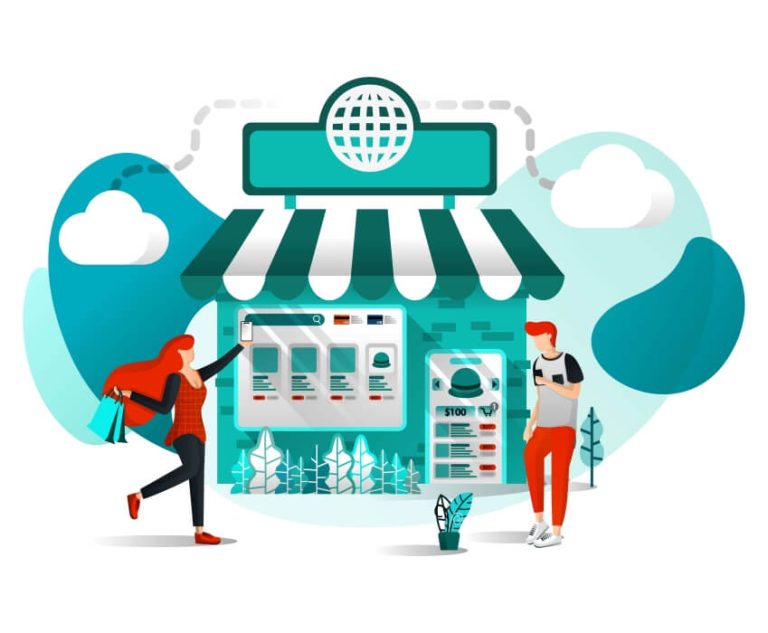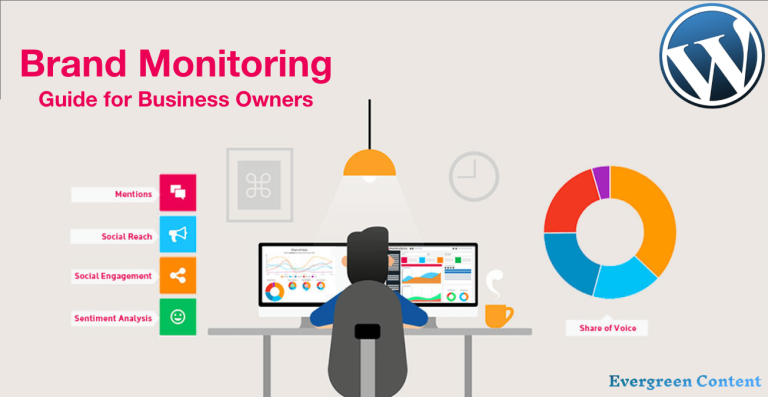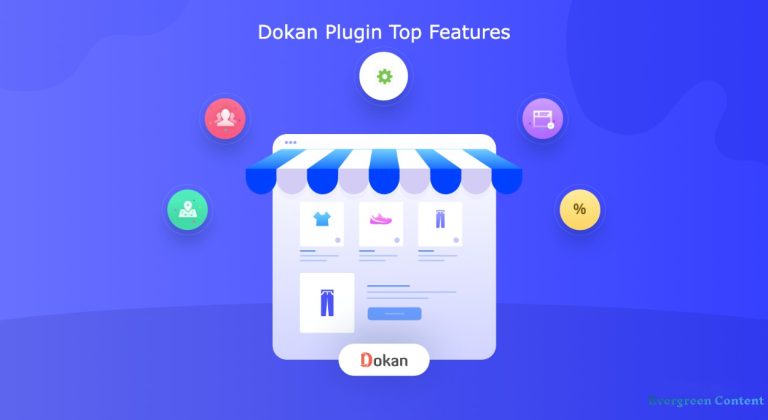Direct Shipping vs Drop Shipping: Everything You Need to Know
Direct shipping and drop shipping are two great ways to achieve financial solvency in the 21st century. If you’re looking to set up a full-time online business or a passive income source, alongside a 9-5 typical job, both could be your potential alternatives.
Direct shipping is just the online version of the traditional grocery business, whilst dropshipping is something new. The most spectacular difference between them is that you don’t have to own inventories in dropshipping. But this is a must in direct shipping.
Despite having enough financial prospects, both aren’t equally able to scale up all sorts of business. This article will present to you a comprehensive discussion on direct shipping vs drop shipping. It will help you decide which is best to start your online business.
Direct Shipping vs Drop Shipping: Definition and Examples
Differences between direct shipping and dropshipping business models are evidently reflected in their supply chain management system.
Direct Shipping
In direct shipping, retailers stock products from wholesalers/manufacturers in their warehouses. Retailers ship the products to their addresses whenever customers place an order. So, throughout the process, the responsibility of storing inventories rests with the retailers.
Dropshipping
Dropshipping is a way for retailers to sell products without actually owning them. Here, ownership of the products rests with the wholesalers/manufacturers. Retailers just list products in their online stores, set prices, and rewrite information.
Whenever customers make an order, they simply pass it to the manufacturers or wholesalers, who then directly ship it to the customers. For retailers, the difference between the wholesale and retail prices is their profit.
Direct Shipping vs Drop Shipping: Key Differences
Below are the highlighting differences between direct shipping and dropshipping.
| Topic | Direct Shipping | Dropshipping |
| Ownership | Retailers own the products that they are selling | Retailers don’t own the products |
| Wearhouse | Maintain warehouse to stock the products | Don’t require warehousing |
| Shipment | Take care of the shipment process | Doesn’t handle the shipment process |
| Localization | It is comparatively more localized | Less localized. I.e. someone from Africa can sell products in the USA to Asian suppliers |
| Logistics | Need logistic support to support the delivery system | Need no logistical support |
| Fulfillment Time | Takes limited time to fulfill orders | It takes a long time as it involves multiple parties |
| Return and Refund | Very simple | Complicated |
| Customer Satisfaction | Customer satisfaction is easier to achieve | Quite difficult to achieve customer satisfaction |
Direct Shipping Model
You won’t find any differences between direct shipping and the traditional eCommerce model. To clarify your further confusion, we’re presenting this model below.
- Step 01: Retailers stock inventories from wholesalers.
- Step 02: Then, they list the products on their online store.
- Step 03: Customers buy products from online stores and place orders for delivery.
- Step 04: Accordingly, retailers start the fulfillment process, stick logos, and package the products.
- Step 05: Finally, they send it to a courier company or use the self-logistics to deliver the products to the customers.
We hope you have a full-scale overview of the direct shipping model. Retailers may open a single vendor eCommerce store or join multivendor marketplaces. Both follow the same model. Stay afloat!
Drop Shipping Model
Since dropshipping doesn’t require a brick-and-mortar store or a big investment, it seems to be a simple business model at first glance. However, it also involves several steps and processes. Let’s explore them.
- Step 01: Retailers list goods on their dropshipping websites
- Step 02: Customers place orders and pay the retail prices displayed on the web
- Step 03: The retailer keeps his margin, passes the orders to a 3rd party supplier, and pays the wholesale price
- Step 04: The supplier starts the fulfillment process. They pick it, package it, and stick the retailers’ logos
- Step 05: Finally, they deliver the product through self-logistics or a courier company
This is how the dropshipping model works. Next, move on to how to set up a successful dropshipping business.
How to Set Up a Successful Dropship Business
Research shows most successful eCommerce entrepreneurs today were dropshippers at one stage of their lives. Dropshipping can be the easiest path if you want to make your debut in the eCommerce industry as a newbie. Keep reading about how to set up a successful dropship business.
Identify The Right Niche for Dropshipping Business
A rightful niche sets the solid foundation for your dropshipping business. But how to discover a perfect niche? Here’re some tips.
Tip 01: Identify Your Interests and Passions
It’s always difficult to fix a niche instantly. Because you may have passions in multiple areas. You might be confused about which one to choose. So, shortlist 10 ideas that match your passion and interests.
Tip 02: Identify the Problems You Can Solve
Just passion isn’t enough unless it has a monetary value. So, it’s time to narrow the list according to the market value. First, identify the problems that your target customers are facing. Then, assess which of your listed ideas can solve them. Accordingly, reorder the list.
Tip 03: Run a SWOT Analysis
SWOT analysis will help identify your strengths (investment, support, experience, skill-set) and weaknesses (lack of knowledge, intimacy with suppliers, and others). Also, it will show you the opportunities and limitations of the nieces. Then, cross-check the list again.
Tip 04: Research your competition
Heavy competition doesn’t always mean that you have a bad niche. It also refers to the financial prospect. Find out the weaknesses of your competitors. You may consider pricing, fulfillment time, content quality, social proof, paid competition, SEO score, etc.
We hope this will narrow down your list. But if you wish to narrow the list further, you can also evaluate the size of target audiences, product specializations, and market trends. Once you confidently confirm a niche, you can move on to the next step.
Find Reliable Suppliers Who will Speed Up the Fulfillment Process
In dropshipping, you’ve to rely a lot on your suppliers. Because you cannot inspect or about the products’ quality before customers receive them. Here’re some useful tips you can follow to find out reliable suppliers.
Tip 01: Contact Wholesalers/Manufacturers
Manufacturers usually follow the business-to-business (B2B) model. They distribute products through wholesalers/suppliers. By contacting the manufacturers, you can get a list of verified suppliers who can carry out your fulfillment process.
Tip 02: Try out Product Research Tools
Some popular product research tools include Niche Scraper, SaleSource, Pexda, Thieve, AliExpress Dropshipping Center, etc. Using them, you can easily spot hot-selling items. Also, they will recommend supplementary products, suppliers, and ideas.
Tip 03: Join Trade Shows/Webinars
You can visit the trade shows happening close to your home. There, you’ll find many suppliers. Besides, the most popular eCommerce platforms host webinars introducing reliable dropshipping suppliers.
Tip 03: Visit eCommerce Marketplaces
Chat with the star vendors of popular marketplaces like Aliexpress, eBay, Amazon, and Walmart. Ask them personally if they are interested in being your suppliers.
These are some tried-and-tested approaches to finding suppliers for your dropshipping business.
Get Yourself Hosted with a Scalable eCommerce Website
Why do you need a scalable website? Because once you start getting success, you’ll want to import new products to your website. Scalability will help you take the load. It will support the increasing number of products, content, and visitors without causing any disruption.
There are two ways to build a dropshipping website. You can either use a content management system (WordPress, Wix, or Shopify) or through HTML/CSS coding. If you aren’t a professional coder or have less expertise, we recommend you pursue a content management system.
Make a Foolproof Plan to Acquire Customers
Until customers are buying products, you aren’t in a business. New websites usually take a long time to get familiar with the customers. So, how do you generate sales in the quickest possible time?
The most effective way is to run social media adverts. Facebook and Instagram can yield the best possible results. You can target special occasions (i.e. Thanksgiving Day, Christmas, Halloween, Black Friday) to run your adverts. Because conversion rates are high during these occasions.
Track and Analyze the Outcome to Optimize Your Business
Obviously, you must track down the customer acquisition programs to check the growth of your dropshipping business. There are many useful tools to do this. Google Ad Manager, Google Analytics, Facebook Ad Manager, and Facebook Conversion Pixel are some popular.
They’ll help you identify the best-performing keywords and active audiences. Moreover, there are some products whose demand fluctuates seasonally. Using Google Trends, you can find out those seasonal products as well.
Accordingly, you can send follow-up emails to your regular customers, retarget them, and offer them voucher codes and discount offers to boost selling.
Challenges and Scalability Option of Dropshipping in eCommerce Business
Like the other business models, dropshipping isn’t free of all complications. Let’s learn the challenges and limitations you will face in the dropshipping business.
Heavy Competition
Dropshipping is very easy to start. You’ll find the platform is saturated with too many competitors. Surely, it will affect your pricing and profit margin.
Almost no Control in Order Fulfillment
Here, order fulfillment completely rests with the 3rd party suppliers. You’ve almost no opportunity to inspect the products. Until you get customer feedback, you can’t be sure things are going right.
Complicated Return and Refund process
Dropshipping usually takes a long time to complete the delivery cycle. Suppliers have to take it back if someone creates a refund issue and then give you the money back. Only then you can refund your customers. So, now you understand the complicacy in its return and refund process.
Shortage of Products
Suppose you’re running a paid campaign and got too many orders. But in the midway, your suppliers have gone out of stock. Then what? You’ve to refund the customers if there is no alternative. It’ll hurt your business image and dissatisfy the customers simultaneously.
Despite all these hurdles and drawbacks, dropshipping has been triumphing in the market for over a decade. If you’re an eCommerce newbie, you can use the business model to develop your skill set. Once you start getting success, you can convert it into a different eCommerce platform.
Revenue Potential of Drop Shipping Business
50% success of dropshipping depends on reliable suppliers and the rest on your marketing expertise.
According to many dropshippers
Since inventory isn’t a must in dropshipping, retailers can invest more money in marketing. It increases their chance to reach more customers, which scales up their revenue potential.
Inversely, direct shipping has to maintain all the procedures of a traditional grocery business model. Retailers can spare comparatively less budget for marketing. Besides, they cannot instantly try trendy new products due to budget shortages. These narrow down the revenue potential of the direct shipping business model.
Best Dropshipping Suppliers to Support Your Business
You can try out the following list if you’re looking for reliable suppliers for your dropshipping business. They are the popular directories and marketplaces where suppliers are waiting to get your knock.
- Oberlo
- SaleHoo
- Aliexpress
- Worldwide Brands
- Megagoods
- GoTen
- Amazon
- Cjdropship
- Doba
- Dropified
The above names are considered as some ideal sources to find your suppliers, till now.
How to Spot Fake Dropshipping Suppliers
From our experience, legitimate suppliers are usually poor in marketing. It makes them difficult to find. This is really a shocking fact. This is why you may come across many suppliers who are actually scammers throughout your journey.
But at first glance, most of you can’t spot them. So, how to move on? Check the following points to spot the fake dropshipping suppliers.
They Want Ongoing Fees
If suppliers charge you monthly/yearly subscription or membership fees, they tend to be scammers in most cases. But there are differences between directories and suppliers. Directories may charge you a fee, but suppliers won’t.
Lack of Contact Details
Just a bit above, we said legitimate suppliers are poor in marketing. They don’t tend to have attractive websites. Yet, they’ll offer you multiple contact numbers, email IDs, and local addresses. If any supplier lacks this information, better avoid them.
Sell to the Public
Wholesalers sell only to retailers- it’s a business fundamental. If you find any supplier/wholesaler selling products to the consumers as well, strictly avoid them. Because someday they’ll try to snatch your customers.
Refuse to Sign Any Contract
Contracts/agreements are essential to get support when customers raise a return/refund issue. If suppliers don’t love to sign a contract, they have a possibility to scam you someday or later.
Middlemen suppliers
Another fraudulent group is middlemen suppliers. They don’t have any inventory. Rather while you give your order to them, they’ll pass it to the wholesalers. It will lengthen the delivery time and complicate the return/refund process.
Finally, if you’re new to the dropshipping industry, don’t make a rush for profit. First, you need to bring all the things in a structure. How to do it? We hope already you’ve learned the things. It’s unavoidable to smoothen your supply chain management system.
Direct Shipping vs Dropshipping: Which One to Choose
Direct shipping and dropshipping have unique approaches to reigning the market. Hope by now you have gathered enough valuable knowledge about these business models. Now, it’s your turn to get started with any of them that goes with your requirements and expectations.
If you have any points unclear, just let us know through the comment section. We’ll get back to you as soon as possible. Besides, don’t forget to let us know which business model you are kickstarting your eCommerce journey.
Thanks for reading! Have a nice day ahead!







